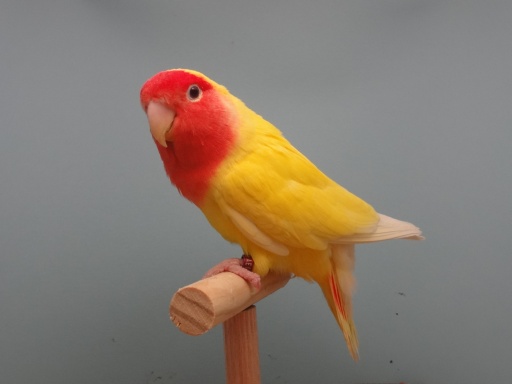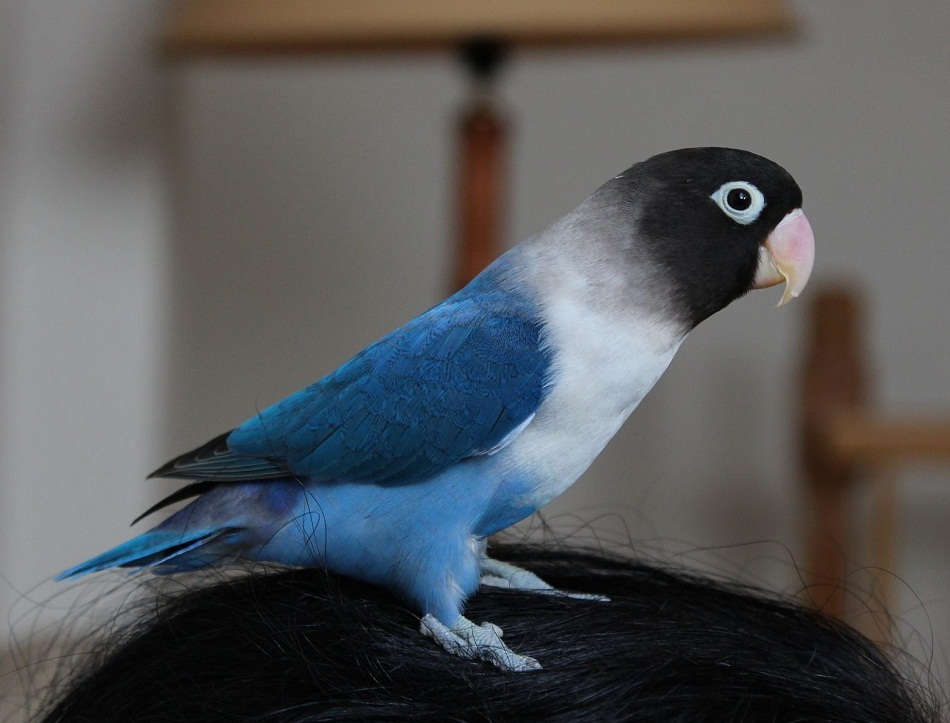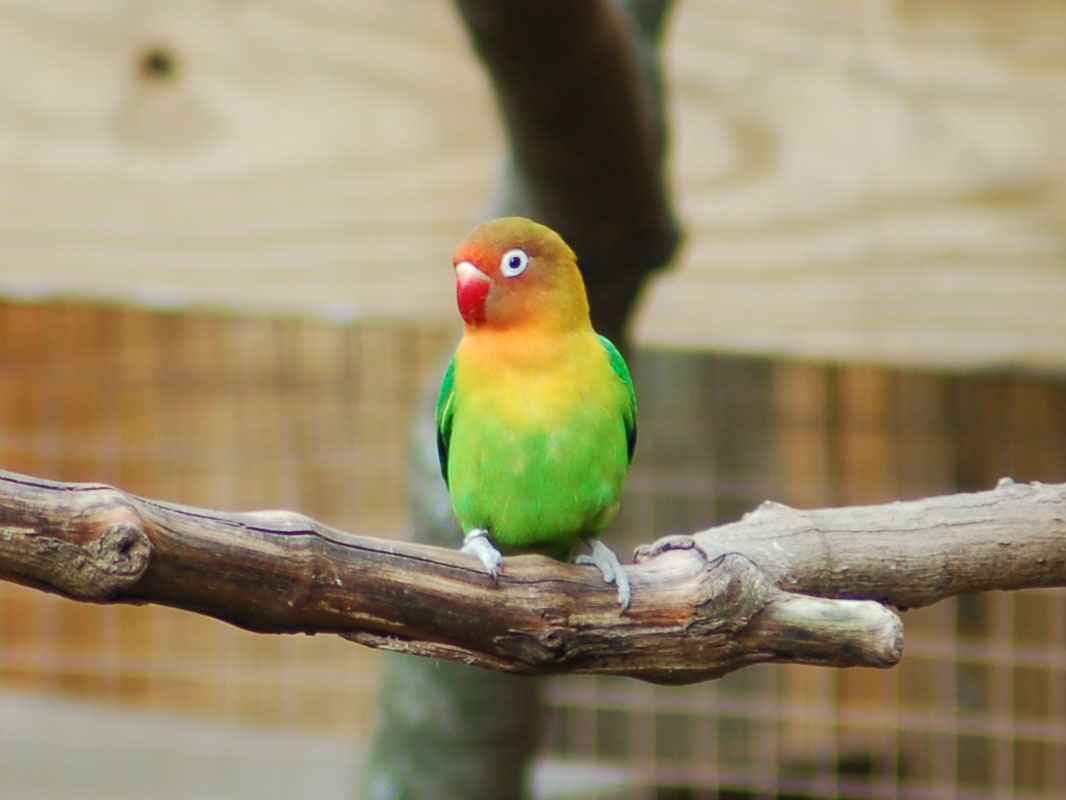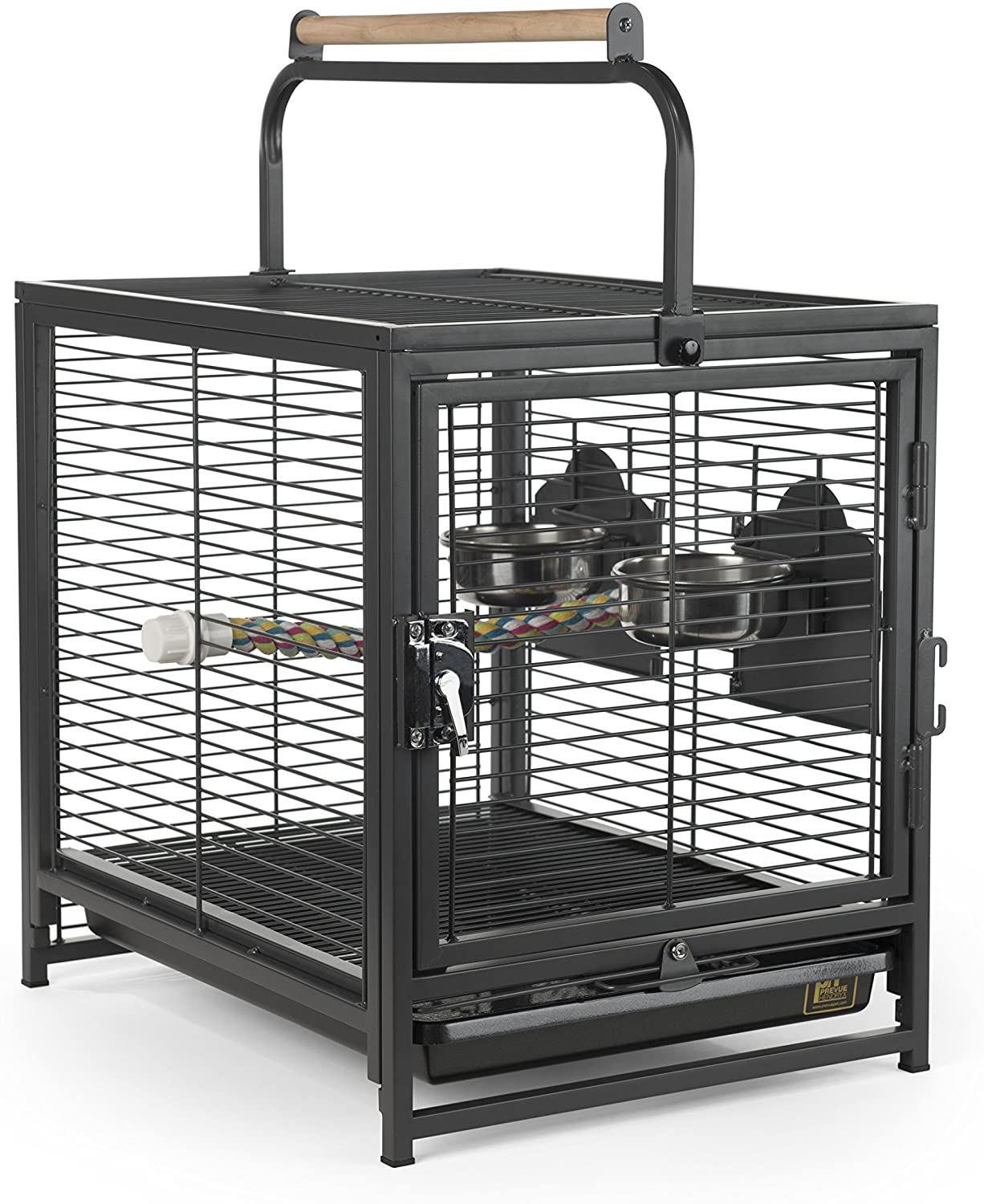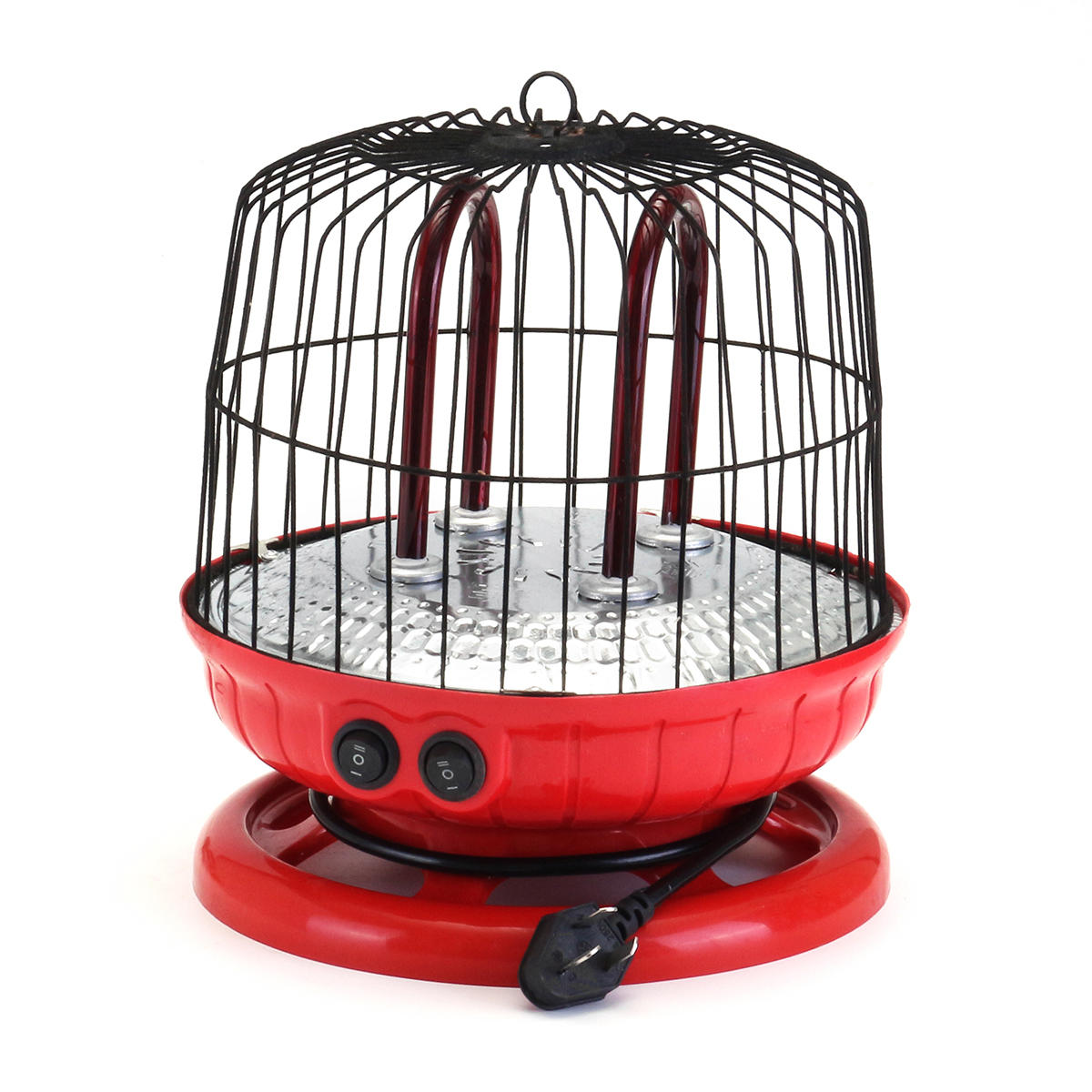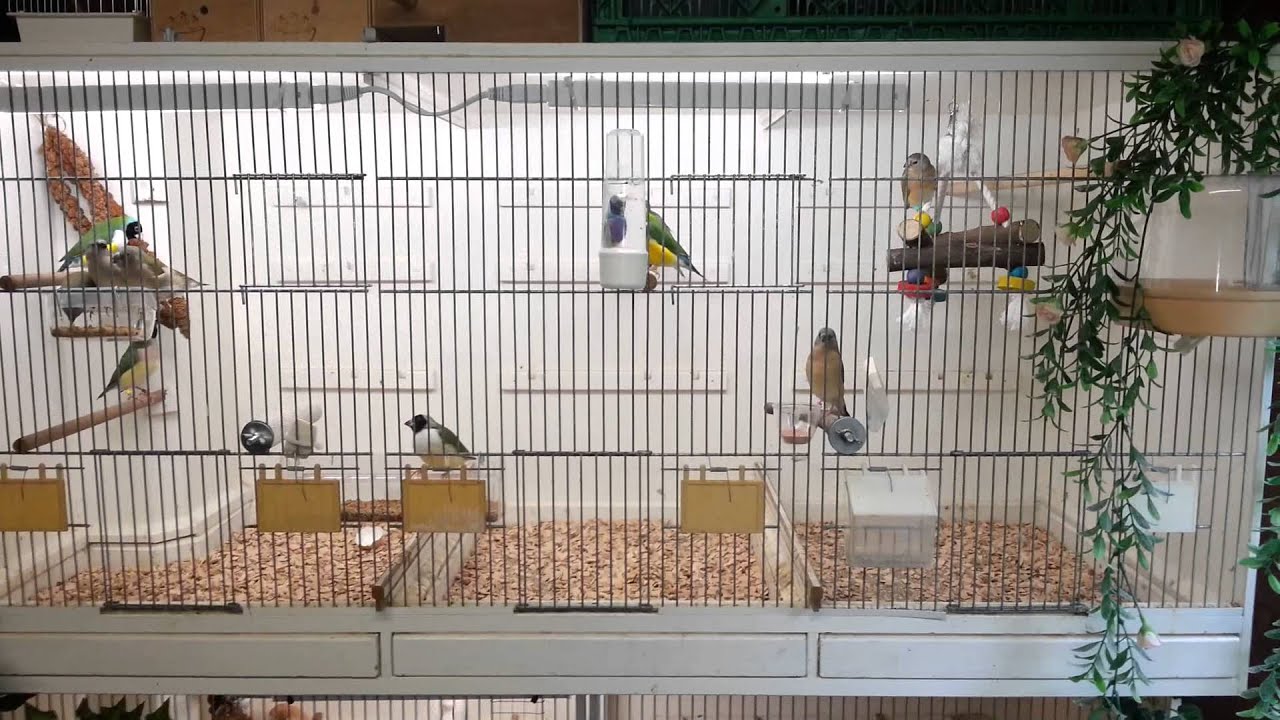A yellow-collared lovebird, with its African origin, is one of the famous of the entire lovebird family. They are immensely fond of each other’s company, being content with its mate.
Scientific Classification |
|
| Kingdom | Animalia |
| Phylum | Chordata |
| Class | Aves |
| Order | Psittaciformes |
| Superfamily | Psittacoidea |
| Family | Psittaculidae |
| Subfamily | Agapornithinae |
| Genus | Agapornis |
| Scientific Name | Agapornis personatus |
Quick Information |
|
| Other names | Black-masked lovebird, Masked lovebird |
| Size | Around 14.5 -15.5 cm (5.5-6.1 inches) |
| Wingspan | 9-10.5 cm (3.5-4.1 inches) |
| Weight | Around 50 gm |
| Color | Dark green upper part, light green lower part, green tail (covert dull blue in the upper part),yellow breast, neck and nape, grayish blue rump, white ring around the eyes, dark brown iris, black face and crown, red beak , juveniles sport black based upper mandible and a brown crown |
| Distribution | Central and Northern Tanzania, North East Kenya |
| Habitat | Savanna, inland plateaus, and coastal area |
| Sound | Loud pitched voice |
| Clutch | 4-5 eggs |
| Incubation period | Around 23 days |
| Fledging | Around 42 days |
| Lifespan | 10-16 years |
| Diet | Fruits, plants, seeds and buds |
| IUCN Conservation Status | Least Concern |
Color mutations
- Blue( cobalt)
- Albino
- Yellow (lutino)
- Pied
- Violet
- Aqua
As pets
This exotic looking bird with its heart captivating characteristics qualifies as a wonderful pet.
Housing
A spacious metal enclosure sizing 36X24X24 inches with lots of chewable toys, papers, swing and two natural curved perches is good for housing this bird. Food and water bowls should be placed in front of one perch for its convenience.
During breeding season, provide a nest box sized 20 x 10x 10 inches with some maize or corn husk and willow tugs (as it prefers to have a rough nest surface).
Temperature
A moderate temperature is best for a yellow-collared lovebird, so make sure never to place the cage in front of direct sunlight.
Behavior
This jovial and active bird does not thrive well if kept alone, although a single bird is prone to be tamed faster than a pair. Sometimes it becomes territorial when housed with other birds, thus the owner must take caution before keeping a whole lot of them together, or at least provide sufficient space so that they may not conflict with each other.
Though they are good fliers, they enjoy climbing inside the cage. Females are heavier and more aggressive than the males especially during the breeding phase, with the latter being a better pet choice.
Unlike the parrot family, it does not have the talking ability but would keep its family entertained with its endless chattering and short-spanned, high-pitched shrieks.
Feeding
You can feed your pet fresh leafy vegetables, grit along with fruits and sprouted seeds. Also, ensure required vitamin and mineral intake by providing it dietary pallets available in the market.
Care
This social and amicable bird loves to be in your association, so make sure you train it well with proper care.
Bathing is its favorite activity so either place a bird bath inside the cage or mist-spray your pet twice a week. You should also be on the lookout to clip its growing nails. Disinfection of the cage and its paraphernalia is advisable to maintain a minimum cleanliness.
Health problems
Problems like liver diseases, aspergillosis, feather disease (psittacine beak), polyoma virus, yeast infections and parrot fever (Psittacosis) are common to observe. However, if you see your pet having unusual body languages, consultation with a professional vet is advisable.
Price
Individual yellow-collared lovebirds can cost around $40-$50.
Interesting facts
- This bird was not described until the late 19th century, though it began being imported only in the 1920s.
- Blue coloration that was initially spotted among the wild birds seems to be the oldest of the color mutations found in the genus of lovebirds.
Video: Yellow-collared lovebird couple
References:









